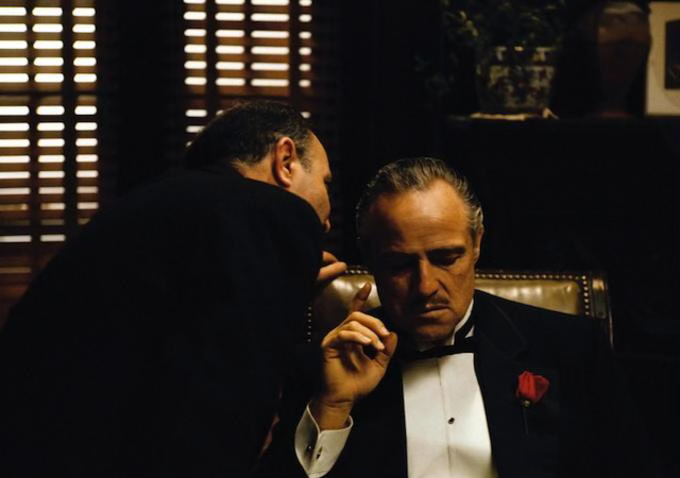There’s this poster designed by Pentagram co-founder, Alan Fletcher that hangs in my office. I love it. The picture features an upside-down ‘This Way Up’ sign with arrows pointing downwards towards a handwritten message ‘down with dogma’. It’s a mischievous nose-thumb to conventional thinking, but the gag only works if you understand the rules being rejected.
I’ve always imagined that rules and rule-breakers both have evolutionary roots. In the Stone Age, cave dwellers probably followed rules about safe foraging - you know, watch out for that thicket where Thudd met a sabre-tooth tiger - yet the first to safely gather fruit from a forbidden patch would have been celebrated. Rules matter, but breaking them, albeit risky, creates progress.
This tension between rules and innovation goes beyond survival to art and culture, where creators like Picasso mastered rules to break them. Picasso studied and mastered European academic painting techniques only to overturn them with Cubism, fragmenting form into multiple perspectives. He’s quoted as saying, ‘Learn the rules like a pro so you can break them like an artist’. But it wasn’t simply that Picasso needed to know the rules to break them; art lovers needed to know the rules to appreciate his revolutionary approach.
Just as Picasso broke rules to startle, shock, and shake up the art world, animators like Chuck Jones used rules to create comedy which surprised, entertained and delighted audiences. Jones would establish strict character rules for his team of animators to follow, like Will. E. Coyote always being harmed by his own actions, or Bugs Bunny never starting a fight even if he has to end them. Rules are essential to comedy. The rules governing the behaviour of Jones's characters were as important as the cartoon physics which shaped their world. These rules set audience's expectations, creating anticipation, with laughter coming from the release of tension when that anticipation was confirmed or subverted.
Comedy arises from audiences’ expectations being either fulfilled or subverted in surprising ways. Like Fletcher’s poster or Picasso’s art, we must understand the rules to enjoy seeing them broken. The comedy hinges on the tension between expectation and surprise.
Like Fletcher and Jones, cinematographer Gordon Willis (The Godfather, Manhattan) built visual rules for each film— a moody top-lit interior versus vibrant outdoor Kodachrome in The Godfather. These systems gave his team a shared vision while leaving room to play. Willis’s system provided guidelines but allowed flexibility. He avoided ‘putting both feet in a bucket of cement’, ensuring that rules encouraged creativity, not rigidity.
When we’re creating a new piece of work, we’re making a game with its own system of rules. In this game, the artists and the viewers are the players. In the case of TV and film, it’s very much a team sport, and like any team sport, it’s important that the players are playing by the same rules. That’s as true for Chuck Jones and his team of animators as it is for Gordon Willis and his film crew.
From Fletcher’s wayward arrows to Willis’s cinematic systems, rules are the framework for creativity. They give artists and audiences a shared language, enabling the delight of surprise when these rules bend or break. In art, comedy, and film, it’s the interplay between structure and disorder which sparks originality and genius.







Thanks for sharing! Really appreciate it